Today’s semiconductor devices are built with nanometer-scale features and operate at increasingly lower voltages—which makes them more susceptible to even minor electrical overstress.
Electrostatic discharge (ESD) is a persistent, costly…
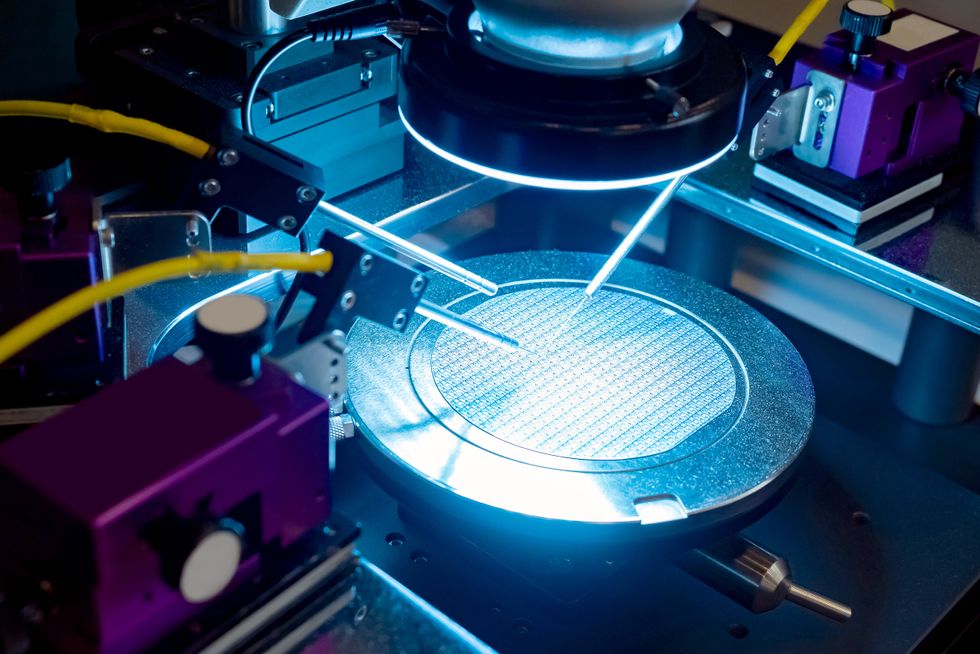
Today’s semiconductor devices are built with nanometer-scale features and operate at increasingly lower voltages—which makes them more susceptible to even minor electrical overstress.
Electrostatic discharge (ESD) is a persistent, costly…

A bio-based membrane from seafood waste delivers high water flux and pollutant removal, offering a scalable, low-impact alternative to conventional nanofiltration.
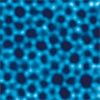
Researchers created a 1-atom-thick carbon membrane that sharpens proton beams, improving cancer therapy and enabling cleaner, scalable tech across multiple fields.

A new single-photon avalanche diode based method measures single molecules’ light emission with nanosecond precision, revealing fluorescence lifetimes for precise identification.

A new imaging technique uses circularly polarised light to visualise chiral structures, improving analysis of biological samples, materials, and active substances.

Nanofluidic tech lets scientists control single molecules with precision, opening doors to molecular robotics, AI advances, and next-gen materials.
 Study reveals that extremely simple peptides can mimic a biological process that protects sensitive proteins from environmental stress.
Study reveals that extremely simple peptides can mimic a biological process that protects sensitive proteins from environmental stress.
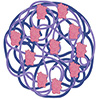
An inhaled vaccine using a sugar-based carrier activated lung immune cells and prevented tumor growth in mice, offering a promising approach for long-term protection against lung cancer.
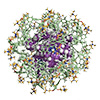
Water-assembled capsules act as sophisticated nanotools, inducing and tuning chirality in metal dyes without chemical changes, with precise thermal control and adaptability.
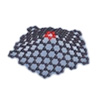
Graphene sheets with 5- or 7-membered rings form cone or saddle shapes, affecting curvature and rigidity. A new method helps study their complex mechanics.